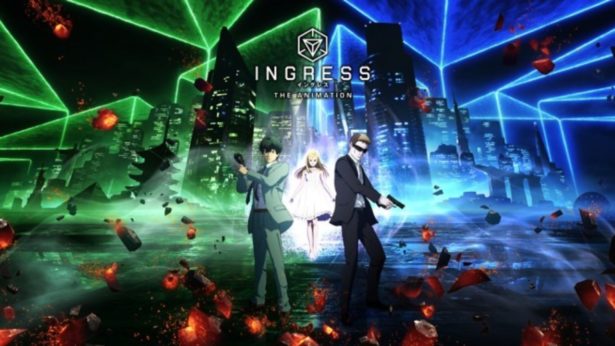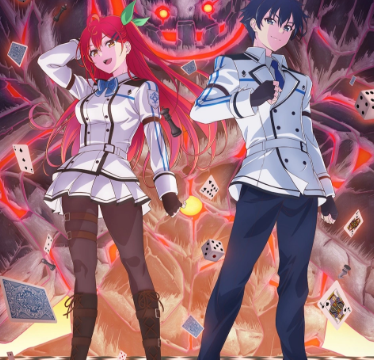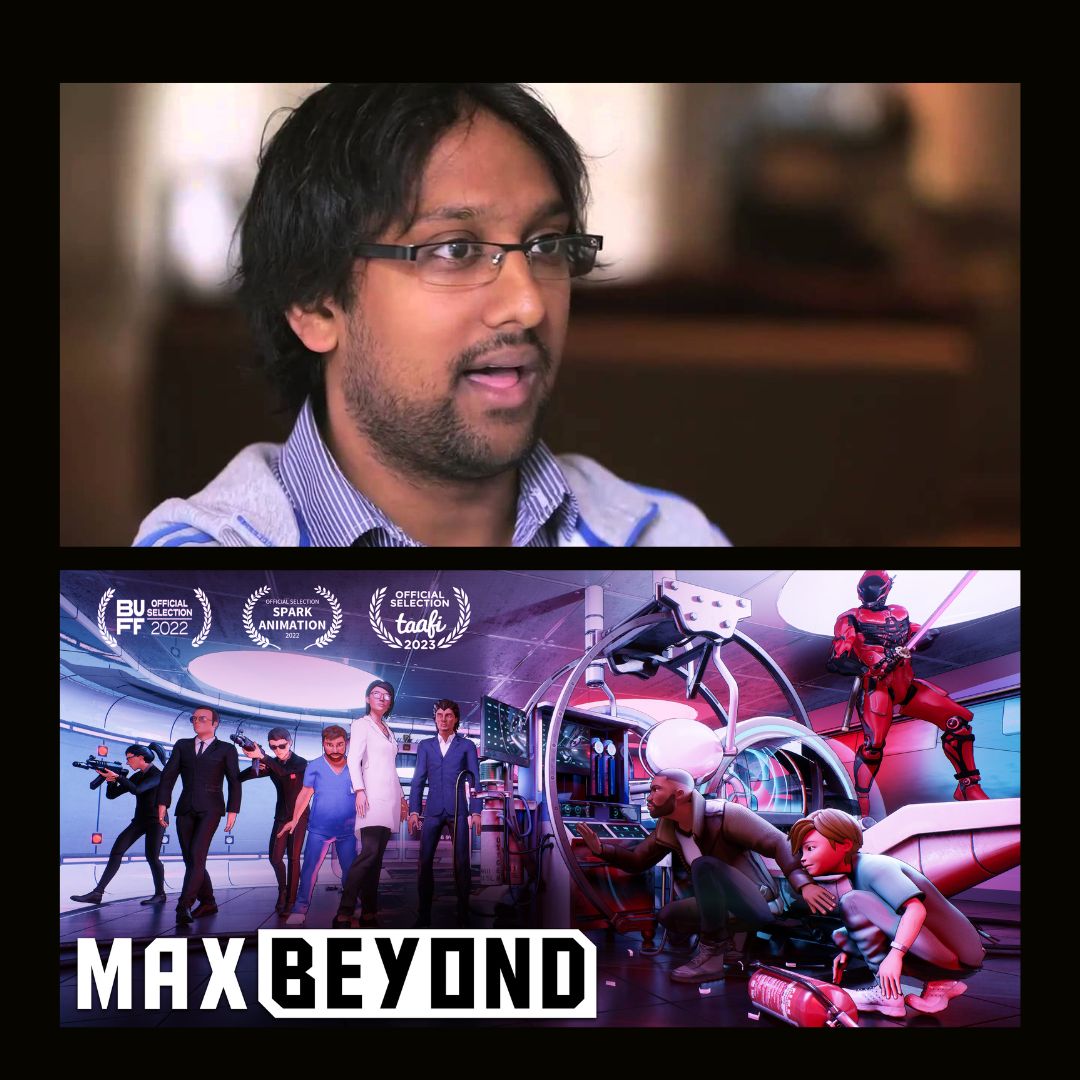English Dub Season Review: Ingress: The Animation Season One
Ghost in the App: Stand A-Phone Complex
Niantic, the company that brought us the Pokemon Go app and the upcoming Harry Potter augmented reality game has taken its first foray into animation with an adaptation of…neither of those immensely popular properties. Instead, their first stab in narrative storytelling will be on their first game, Ingress. This released back in October of last year in Japan, but because of Netflix’s usual distribution methods, it’s only become legally available to American viewers this past week. Not that it was really worth the wait, as Ingress: The Animation ends up proving to be a similar experience to, well, getting into any given mobile game for too long: if you’re into it THAT much, you’ll get your money’s worth, but if you don’t have the time or energy then it’s going to get boring pretty quickly.
Ingress’ plot follows Makoto Midorikawa, an investigator with the ability learn the history of objects or people he touches and is tumble into a world-ending conspiracy when he comes across a girl at its center named Sarah Coppola. Sarah can identify Exotic Matter, or XM, in the world around her. This gift is sought after by a secretive organization, who themselves are being investigated by Jack Norman, who has a power similar to Makoto but with the ability to see forward in time. As the journey to uncover the true nature of XM escalates, the three of them learn more about a world under their noses that they never knew, as well as a new understanding of life, time, and how a phone app called “Ingress” is changing those things around them.
First, something to say upfront. As the name and background imply, Ingress: The Animation is basically an eleven-episode commercial for Ingress the game (which involves joining a team and using abilities to capture “portals” placed in real life areas all over the world). As cheap and shameless as that may sound, I actually don’t have a problem with that in and of itself. Many in my generation grew up on shows like Pokémon, Digimon, Yugioh, Power Rangers, and so on that often were very transparent with their function of selling cards, toys, video games, and so on to kids like us. But what stuck with us about those shows over the years was how they managed to use their respective products to capture our imaginations with their stories, characters, and visuals. And seeing how I’ve played Pokemon Go obsessively every day since it came out in 2016, it’s clear it hasn’t let go of me.
So, where those aforementioned franchises have their products to make use of in their shows, Ingress has its app, which is used frequently within its own show to highlight the greater conflict going on around the characters. The two major teams, the Resistance and the Enlightened, are represented as major factions fighting a hidden war for control of the portals to highlight the intenseness that should entice new players to start playing…but that’s juxtaposed with it also being seen as a regular phone game where people just wander around cities and tap buttons to make some areas turn from green to blue. And as much as I would love to see the frustration of having a gym I just took for my team be IMMEDIATELY taken over by another the moment I leave, this sets a pretty inconsistent tone for the story. It’s fine to have a story where the fate of the world hinges on using your product the right way or not, just as it’s fine to have a story ABOUT people using your product, but I’m not sure you can do both.
As for plot surrounding that app, it basically ends up following the same beats of a rather standard sci-fi anime story. Scientists find a new form of energy, some want to harness it while others want to destroy it, everything is actually being controlled by a mysterious secret society of rich people, etc, etc. We do get enough time to get to know our main characters to form a connection to them, but everything else has me checking my watch instead of getting invested in things going forward. This is without mentioning that the big master plan of the main antagonist is pretty much everything you’ve seen before in a plot about special technology turning citizens into mind-controlled zombies, like modern Doctor Who, Kingsman: The Secret Service, the recent season of Young Justice, and so on.
This is not helped by this series relying on CGI character models, which I’ve never been fond of, that leads to very janky looking movement and distractingly uncanny valley moments. I understand that 2D is getting more and more expensive these days, but I’ve also seen plenty of well animated 3D models in anime. So, coupled with the hum-drum characters and bog-standard sci-fi story, we end up with a show that doesn’t quite feel LAZY, but maybe just worked on by people with very limited imagination. Cool glowing particle effects and unique music choices can only take a production so far in leaving an impression. Though it’s the first time I got a song stuck in my head about triangles since They Might Be Giants.
Honestly, I never really expected much going into this show, so I can’t say I was that disappointed by what I got. As I said, my Niantic-related interests lie in a different game of theirs, so I doubt this was going to get me clamoring to play Ingress, even if this was more noteworthy show. I don’t think it would be accurate to say it’s a BAD show, just one that seems to have very little or very niche appeal. If you enjoy the app enough to want some more story to it, I guess I’d say check it out, but otherwise, I’d in-pass on Ingress.























Hi Ashley, thank you so much for reading and we love the feedback. Note that on that day we had 14th posts go up and only ten posts show on the front page, so it's possible the preview had already been archived by the time you got to it. One recommendation would be to add our RSS feed to your favorite news aggregator service like Feedly, this way you get all of the latest posts!